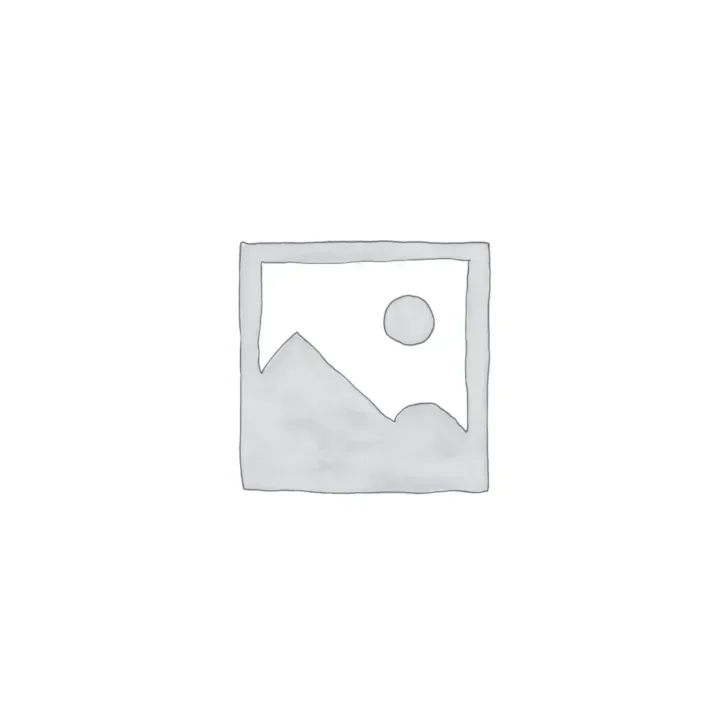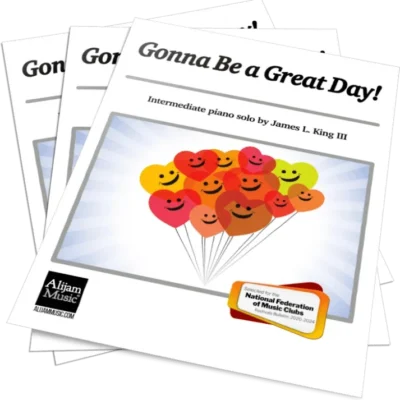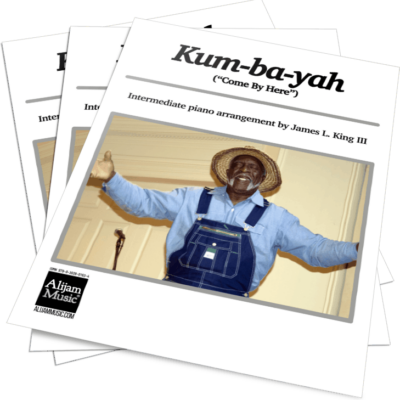Description
This tune about St. Patrick’s Day may have been written by a Scot. The first known printing of this well-known jig is in James Oswald’s Caledonian Pocket Companion, published in 1747. It was later featured on the first page of Rutherford’s Compleat Collection of 200 of the Most Celebrated Country Dances, published in 1756, which could indicate that it had become popular enough that its inclusion and first billing would help sell the book.
Oswald started his career as an entertainer in Scotland, playing fiddle and dancing. He later turned to arranging old tunes, composing new “Scots” tunes in the folk tradition, and publishing his (quite nicely) engraved collections when he discovered he could make more money as a composer, editor, and publisher than a performer. He moved from Edinburgh to London and had a successful publishing business there. The impact of his publications was far reaching: he hand-edited the first printing of many tunes and airs that became very popular in the second half of the eighteenth century and the first half of the twentieth century. His publications featured a mixture of old and new music, but much of it cannot be found in print before his publications.
James L. King III’s arrangement includes a drone left hand for the outer sections, with rolled chords in the middle section.
Key: C major
Mood: happy, animated, vibrant
Pedagogy: grace notes, rolled chords, repeats





Claudia Reinsch –
I purchased this to use in my early intermediate group piano classes as a supplementary piece for March. So far, my adult class is really enjoying it, and I plan to use it with my teen and preteen early intermediate groups this week. The “A” section is pretty quick to learn with the bagpipe-like drone LH accompaniment, and I like the challenge of the rolled 7th chords (simulating an Irish harp sound?) in the B section.